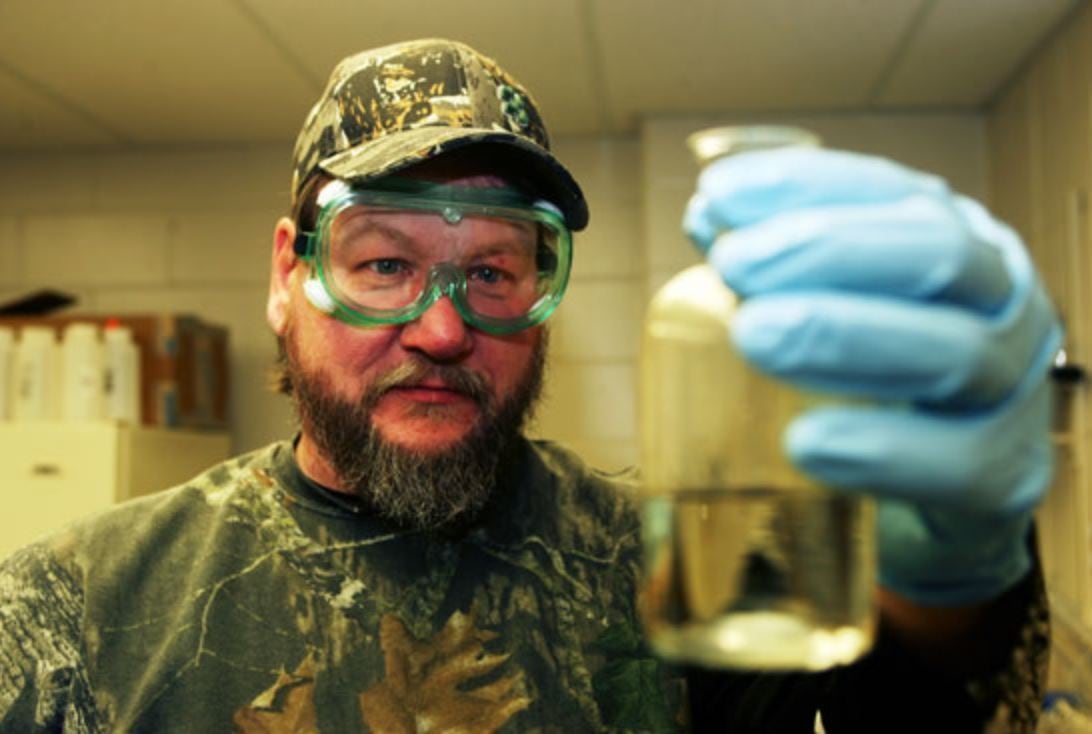The U.S. government is moving forward on a review of water contamination at military bases, a study that may one day help answer a heartbreaking question: Did exposure to DoD chemicals give troops or their family members cancer?
The study, announced by the Centers for Disease Control and Prevention and the Agency for Toxic Substances and Disease Registry, will specifically look at the levels of per- and polyfluoroalkyl substances, or PFAS, in people in the affected communities.
RELATED

PFAS are chemical compounds that were used in fire fighting foam on military bases and are also found in everyday household products. PFAS have been tied to cancers and developmental delays for fetuses and infants. The Pentagon released a review last year that found that scores of military installations had contaminated groundwater and well water.
This first study aims to set a baseline and “provide information to communities about levels of PFAS in their bodies.”
RELATED

That initial review will go through 2020 and be used support a follow-on, nationwide study “that will look at the relationship between PFAS exposure and health outcomes,” the agencies said in a statement.
A total of 10 locations will make up the initial review. The first two, comprising Bucks and Montgomery counties in Pennsylvania and Westhampton, N.Y., are already underway, due to state grants. The Pennsylvania sites include Naval Air Station Joint Reserve Base Willow Grove and Naval Air Warfare Center Warminster. The New York site includes the Francis S. Gabreski Air National Guard Base.
On top of those two, the following eight communities will now be added:
- Berkeley County (W. Va.) near Shepherd Field Air National Guard Base
- El Paso County (Colo.) near Peterson Air Force Base
- Fairbanks North Star Borough (Alaska) near Eielson Air Force Base
- Hampden County (Mass.) near Barnes Air National Guard Base
- Lubbock County (Texas) near Reese Technology Center
- Orange County (N.Y.) near Stewart Air National Guard Base
- New Castle County (Del.) near New Castle Air National Guard Base
- Spokane County (Wash.) near Fairchild Air Force Base
“The assessments will generate information about exposure to PFAS in affected communities and will extend beyond the communities identified, as the lessons learned can also be applied to communities facing similar PFAS drinking water exposures. This will serve as a foundation for future studies evaluating the impact of PFAS exposure on human health,” said ATSDR director Patrick Breysse.
The study participants will be randomly selected and will have their PFAS levels checked through blood and urine samples.
RELATED

Tara Copp is a Pentagon correspondent for the Associated Press. She was previously Pentagon bureau chief for Sightline Media Group.





